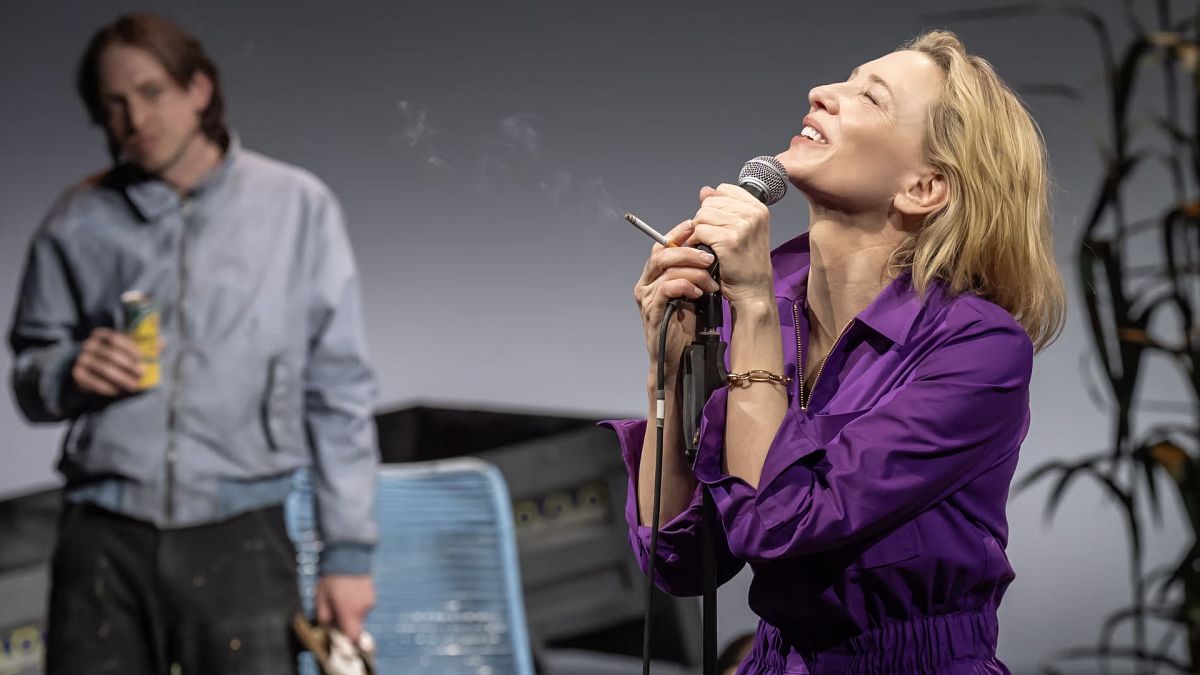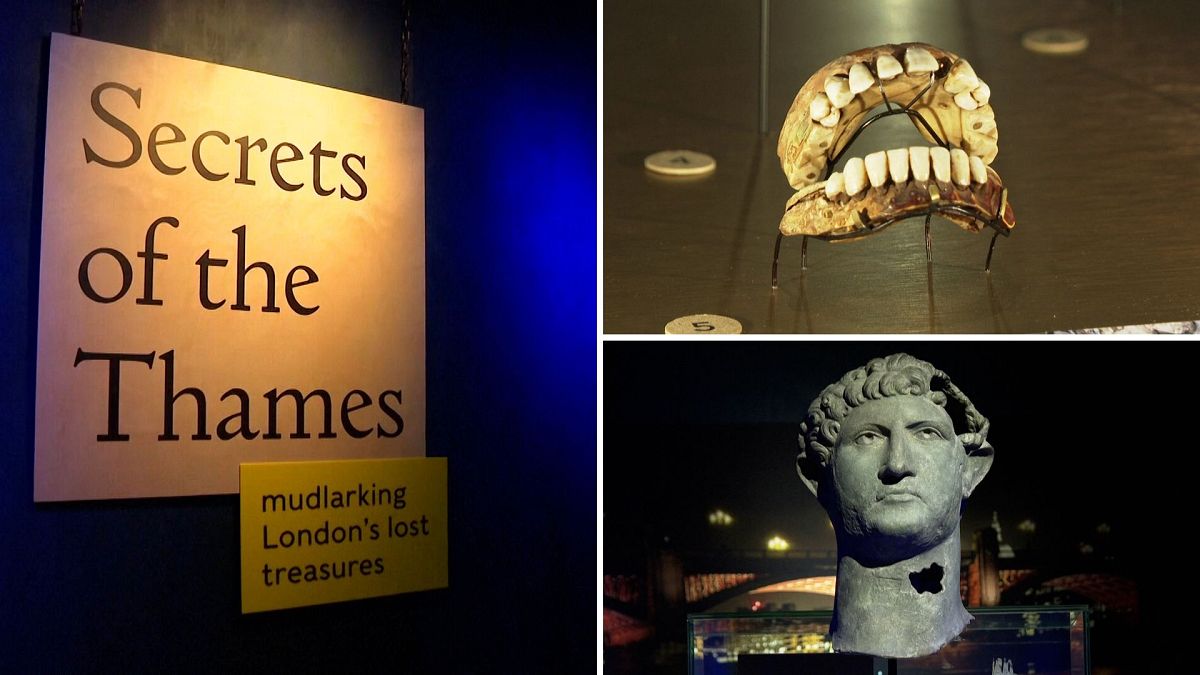The new museum, part of the ambitious Grande Brera cultural complex, will open its doors to the public on Saturday (7 December).
After five decades of planning and delays, Milan is preparing to unveil a major new institution dedicated to modern and contemporary art, The Art Newspaper reports.
The Palazzo Citterio, an elegant 18th-century building located just a stone’s throw from the renowned Pinacoteca di Brera, will officially open on 7 December, coinciding with the feast of Milan’s patron saint.
The launch marks the completion of the long-anticipated "Grande Brera" project, a cultural initiative designed to unite the Palazzo Citterio, the Pinacoteca di Brera, and the Braidense Library under one umbrella. This new complex aims to position Milan as a major cultural destination, joining Florence and Rome in terms of visitor numbers and financial success.
The aim is “to create a large museum complex in Milan on the model of Florence and Rome in terms of visitor numbers and revenues,” said Angelo Crespi, director of the Pinacoteca di Brera, in an interview with The Art Newspaper.
He pointed to the success of the Uffizi Gallery in Florence, which generated €63 million in revenue in 2023, and the Colosseum in Rome, which came close to €100 million. In contrast, the Pinacoteca di Brera earned just €5 million during the same period.
As part of the expanded cultural hub, the Palazzo Citterio will showcase a diverse collection of over 200 works of modern and contemporary art, complementing the Brera’s classical holdings. Among the highlights are Pablo Picasso’s 'Head of a Bull' (1942), a 1919 still-life by Giorgio Morandi, Umberto Boccioni’s 'Rissa in Galleria' (1910), and Pellizza da Volpedo’s 'La Fiumana' (1898), a study for his iconic 'Il Quarto Stato' (1901). Works by Amedeo Modigliani and Georges Braque will also be featured in the collection.
The museum’s core collection stems from key donations by the Jesi and Vitali families in the 1970s and 1980s. However, Crespi revealed that the Brera Museum continues to build on this foundation, with recent acquisitions including two new Morandi paintings donated by the Vitali family and additional works by Mario Schifano and Arturo Martini currently being acquired.
Looking ahead, Crespi predicts that the Citterio’s opening will significantly boost visitor numbers to the Brera district, with an estimated 50,000 additional visitors expected to attend next year. In 2023, the Pinacoteca di Brera attracted around 500,000 visitors.
In another exciting development for the complex, 'The Last Supper' (c. 1495-98) by Leonardo da Vinci, currently housed two kilometres from Brera, has been transferred to the Pinacoteca as part of a national cultural reshuffle. Crespi believes that this prestigious addition could propel the complex’s annual revenues to €10 million and attract 1.5 million visitors.
Plans for the Palazzo Citterio date back to 1972, when the Italian government purchased the building following a proposal by Franco Russoli, the then-director of the Pinacoteca. While an ambitious renovation plan by British architect James Stirling in the 1980s was delayed and eventually abandoned due to his untimely death, a €23 million renovation was completed in 2018. However, that revamp faced challenges with humidity and was deemed insufficient.
In anticipation of the Citterio’s opening, Crespi unveiled a new logo for the Grande Brera complex in September. The distinctive octagonal design will be used by several cultural institutions within the Palazzo di Brera, including the Brera Astronomical Observatory, the botanical gardens, the Lombard Institute Academy of Science and Letters, the Brera Academy, and the Archivio Storico Ricordi.
Reflecting on the recent changes to Italy’s museum sector, Crespi attributed much of the increased financial stability of institutions like Brera to the 2014 reforms introduced by Dario Franceschini, then the country’s culture minister. “The Franceschini reform… has permitted the Uffizi to become one of the most important museums in the world, not only in terms of its collection but also in terms of its income and visitor numbers,” Crespi said. “Many used to complain that [all] Italian museums were unable to generate [collectively] as much revenue as the Louvre [in Paris]. Today Italian museums generate important revenues.”
With its long-awaited opening, the Palazzo Citterio Museum is poised to become a key player in Italy’s growing cultural tourism industry, attracting art lovers from around the world to Milan’s historic Brera district.

 3 months ago
35
3 months ago
35






 We deliver critical software at unparalleled value and speed to help your business thrive
We deliver critical software at unparalleled value and speed to help your business thrive






 English (US) ·
English (US) ·